Halloween is a holiday steeped in history, folklore, and fun, celebrated by millions around the world on October 31st. While many are familiar with the traditional customs of trick-or-treating, spooky decorations, and costume parties, there are many facts about Halloween that often go unnoticed. Knowing these fun facts could help you win trivia night, impress your friends, or just make you laugh.
Here is a list of thirteen fun facts you didn’t know about Halloween
Pagan Roots

Contrary to popular belief, Halloween isn’t an American festival. It originated from the ancient Celtic festival of Samhain, which marks the end of the harvest season and the onset of winter. During Samhain, the veil between the living and the dead was believed to be thinned, allowing spirits to roam the Earth. By the 1800s, Halloween had gained popularity in America, mainly due to the Irish immigrants fleeing the Potato Famine.
Halloween Capital of the World
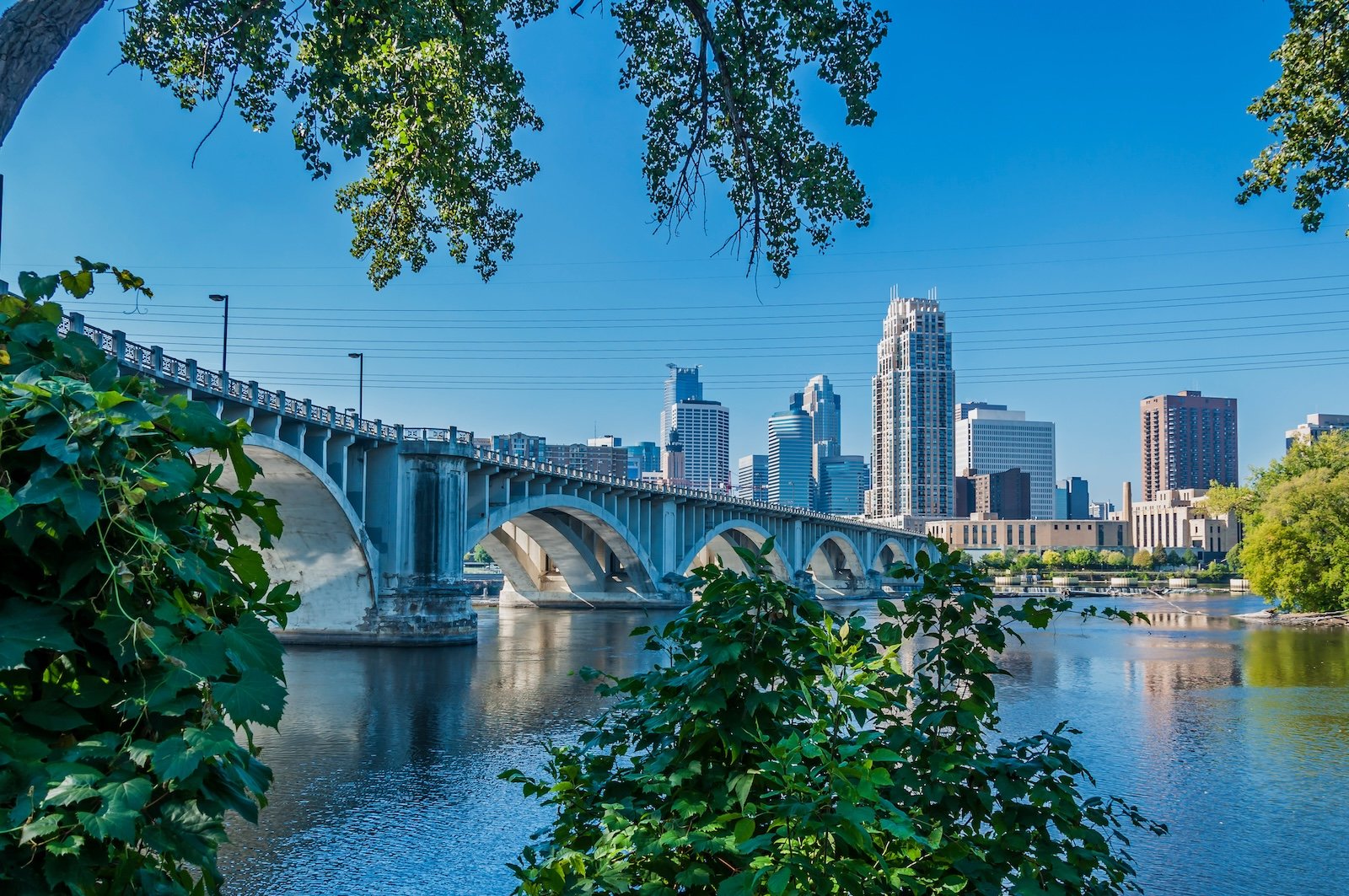
The first recorded Halloween parade in the United States took place in Anoka, Minnesota, in 1920, earning the city the title “Halloween Capital of the World.” This celebration was initiated in response to a series of Halloween pranks that had escalated in the community, including cows roaming the streets. Civic leaders decided to create a festive event to divert the youth from mischief. Since then, Anoka has hosted annual Halloween festivities and continues to embrace Halloween themes year-round.
Bobbing for Apples

Many don’t know that bobbing for apples is a Halloween activity that dates back to ancient Celtic traditions. Originally associated with the festival of Samhain, this game was believed to be a way to predict a person’s love life, usually a woman’s. Participants would attempt to bite into floating apples in a tub of water without using their hands, symbolizing the harvest season and the transition from life to death.
Cabbages

No one would think of cabbages in the context of Halloween. However, back in the 1800s, cabbages were considered to have mystical powers and were used to predict the future. Young women would pull cabbages from the ground to predict their future husbands based on the amount of Earth clinging to the roots. Additionally, cabbages were also used in pranks, where mischievous teens would throw cabbage heads at neighbors’ houses.
7000 Calories
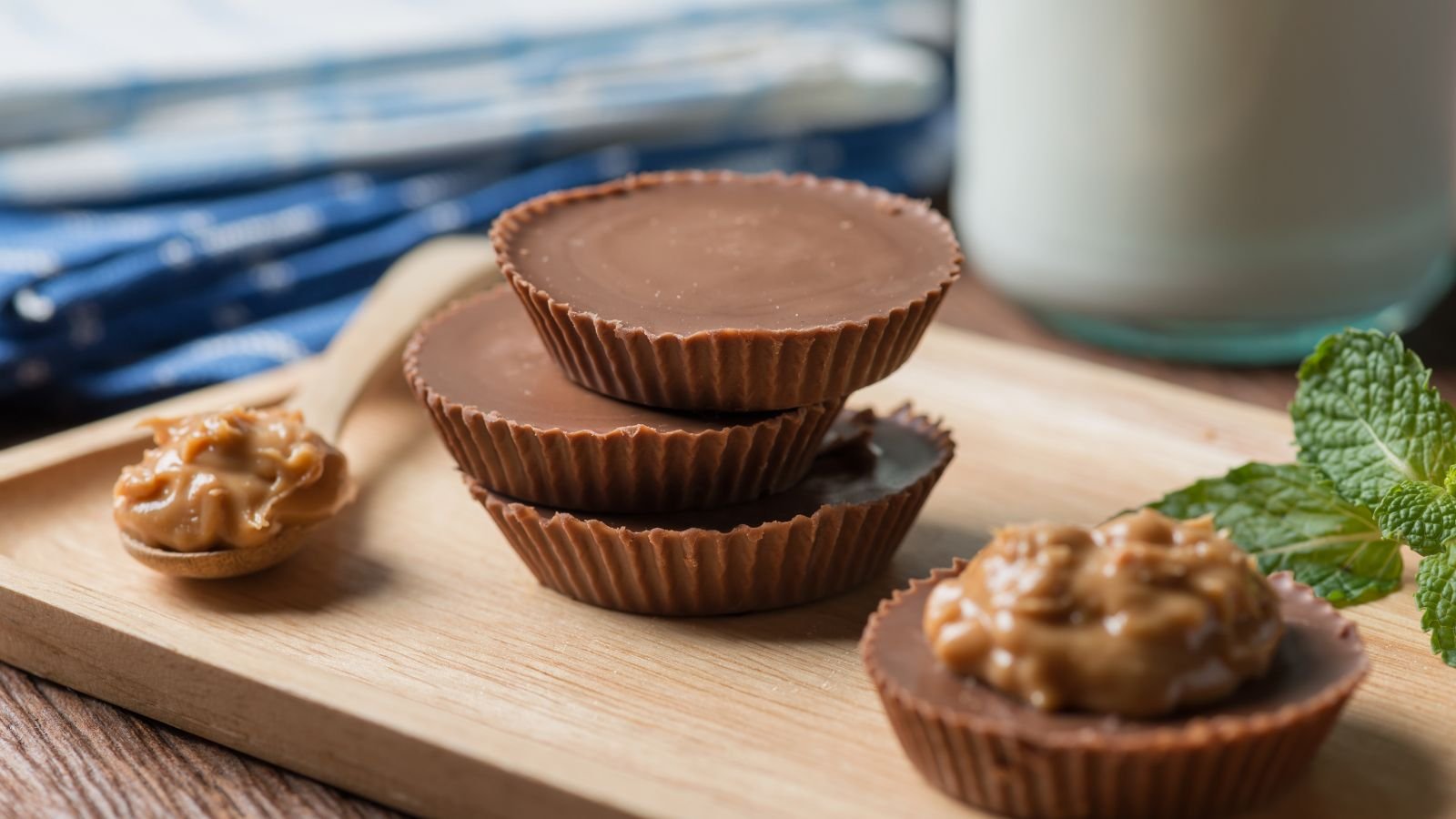
On average, American children consume a staggering 3,500 to 7,000 calories on Halloween night. This equates to eating about 13 Big Macs or 66 bananas and requires 12 hours of exercise to burn it off. Consuming nearly 7,000 calories of candy in one night can lead to stomach aches and fatigue. These calories are mainly consumed through candies, and Reese’s Peanut Butter Cups are the most famous candy consumed on Halloween.
Trick-or-Treating

Trick-or-treating is not a modern-day activity; it has existed since medieval times but under a different name. During medieval times, trick-or-treating was called “souling,” but instead of children, poor people would go door-to-door asking for food in exchange for praying for the dead on All Souls’ Day. The term “trick-or-treat” first appeared in North America in the 1920s, and the practice gained widespread popularity in the 1950s after the Second World War, with children going door-to-door collecting candy and small gifts.
Mischief Night

While many are familiar with Halloween, few know about Mischief Night, celebrated on October 30th in parts of the United States and Canada, which is a time when children and teenagers engage in harmless pranks. This tradition dates back to 18th century England, where it was associated with the May Day holiday. In the U.S., Mischief Night has taken on various names, such as “Cabbage Night” in New England, where cabbages were once thrown at neighbors’ homes, and “Devil’s Night” in Detroit, which unfortunately became linked to vandalism and arson in the 1980s.
Wrong Spelling

Halloween isn’t actually spelled Halloween; its correct spelling is “Hallowe’en.” The apostrophe in “Hallowe’en” represents the omission of the letters “v” and “a” from “evening.” While the modern spelling without the apostrophe has become widely accepted, the original form is short for All Hallows Eve, which is also famously known as All Saints Day.
It wasn’t always Pumpkins
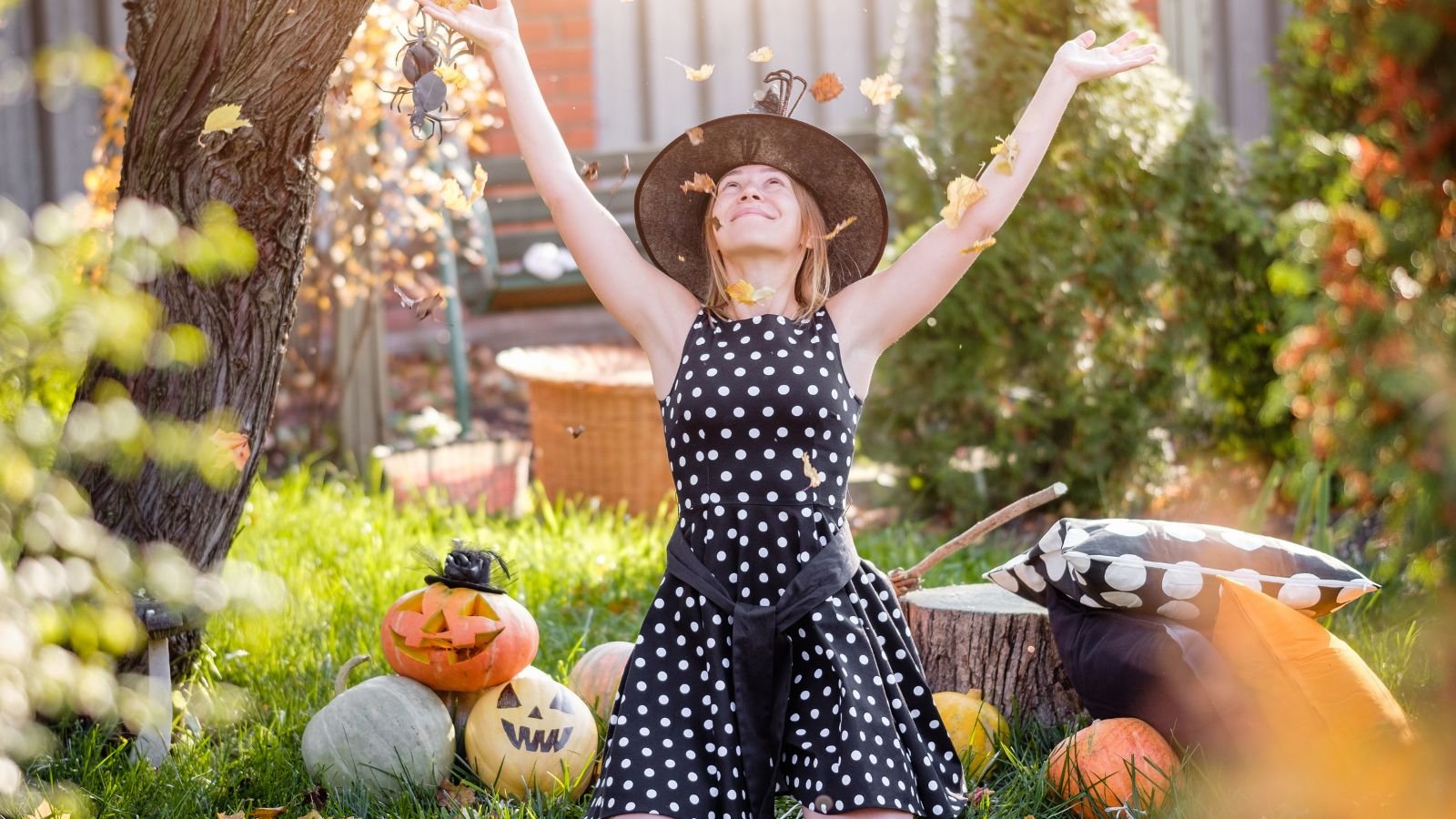
Before pumpkins became the iconic symbol of Halloween, turnips were the original choice for carving jack-o’-lanterns, especially in Ireland and parts of Great Britain, back in the 17th century, where people would carve grotesque faces into turnips to ward off evil spirits. The Irish immigrants who brought this tradition to America discovered that pumpkins, which are native to the continent, were not only more abundant but also easier to carve than hard turnips. This shift led to the pumpkin becoming the favored choice for Halloween decorations.
Halloween-The City
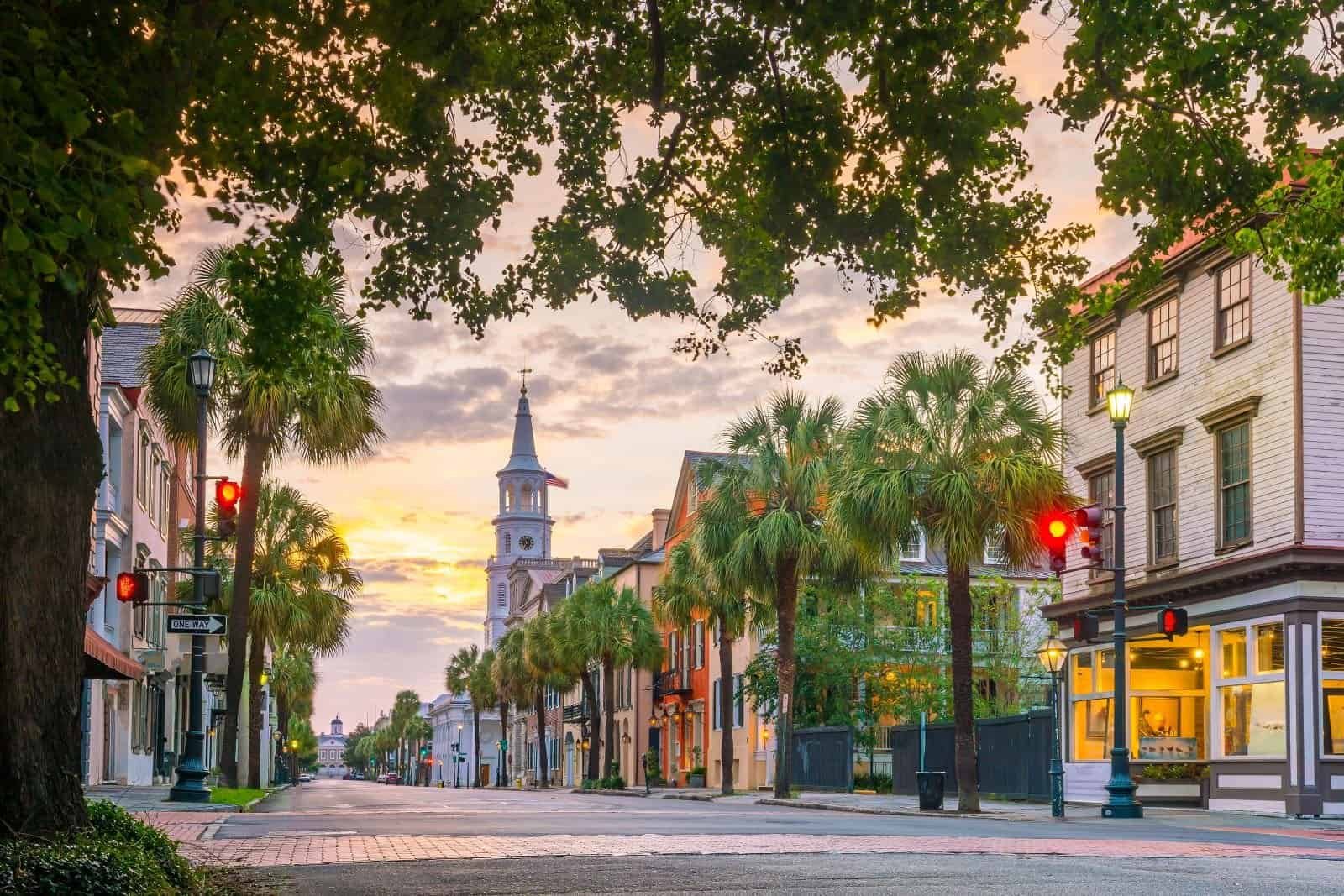
In 2022, the city of Conway, South Carolina, rebranded itself as the “Halloween” for the entire month of October. This quirky move was part of the city’s Halloween celebration, which includes a parade, festive decorations, and plenty of costumes worn by residents and visitors alike. This move helped boost local businesses and bring more tourists to the city.
Cards
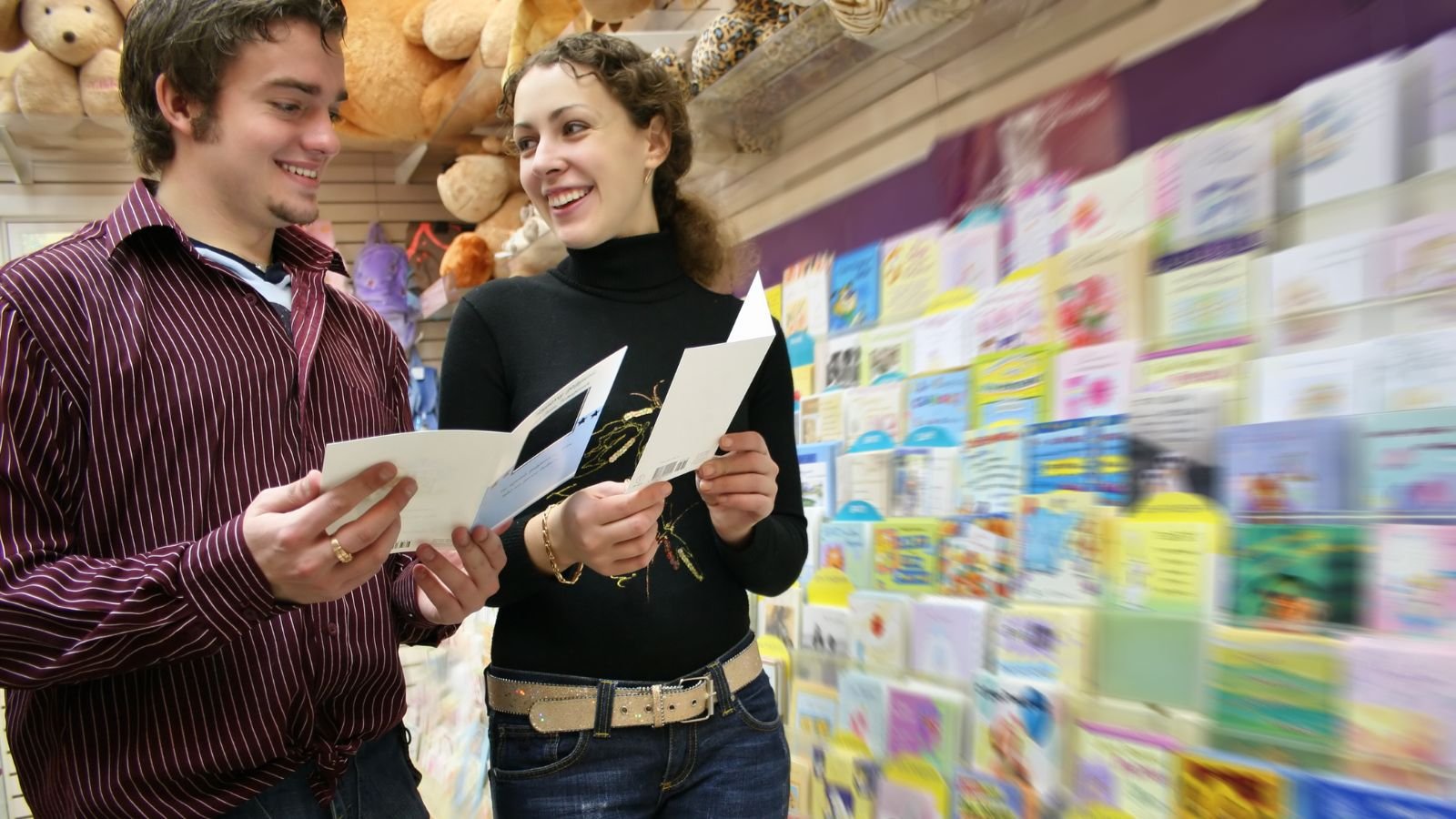
Did you know that in the early 1900s, people sent each other cards on Halloween? In the early 1900s, sending Halloween cards became popular in the United States, akin to the tradition of sending Christmas cards today. The concept of Halloween cards originated in the 1890s and peaked in popularity from about 1900 to 1915, during which time an estimated 3,000 unique designs were produced. These cards often featured spooky images, like witches, black cats, and jack-o’-lanterns. Their popularity waned by the 1930s, but Halloween cards remain sought after by collectors today.
Only for Kids

Some cities in the U.S. are pretty strict in their beliefs that trick-or-treating is only for kids, and they go as far as to ban anyone above 12 from going trick-or-treating. For example, Belleville, Illinois, has enacted a “Halloween Solicitation” ordinance that forbids anyone above the eighth grade from going door-to-door for candy. Other towns, like Chesapeake, Virginia, have even more stringent rules; historically, they threatened jail time for teens caught trick-or-treating, although backlash has led to some relaxation of those laws. Some parts of states like Texas, Illinois, and Louisiana also have similar restrictions.
$12 Billion

In 2023, Americans spent a whopping $12.2 billion on Halloween, an average of $108.24 per person. Costumes are projected to generate $4.1 billion, home decorations about $3.9 billion, and candy spending is expected to reach $3.6 billion. Around 73% of Americans celebrate the holiday, showing just how much America loves and enjoys Halloween.
